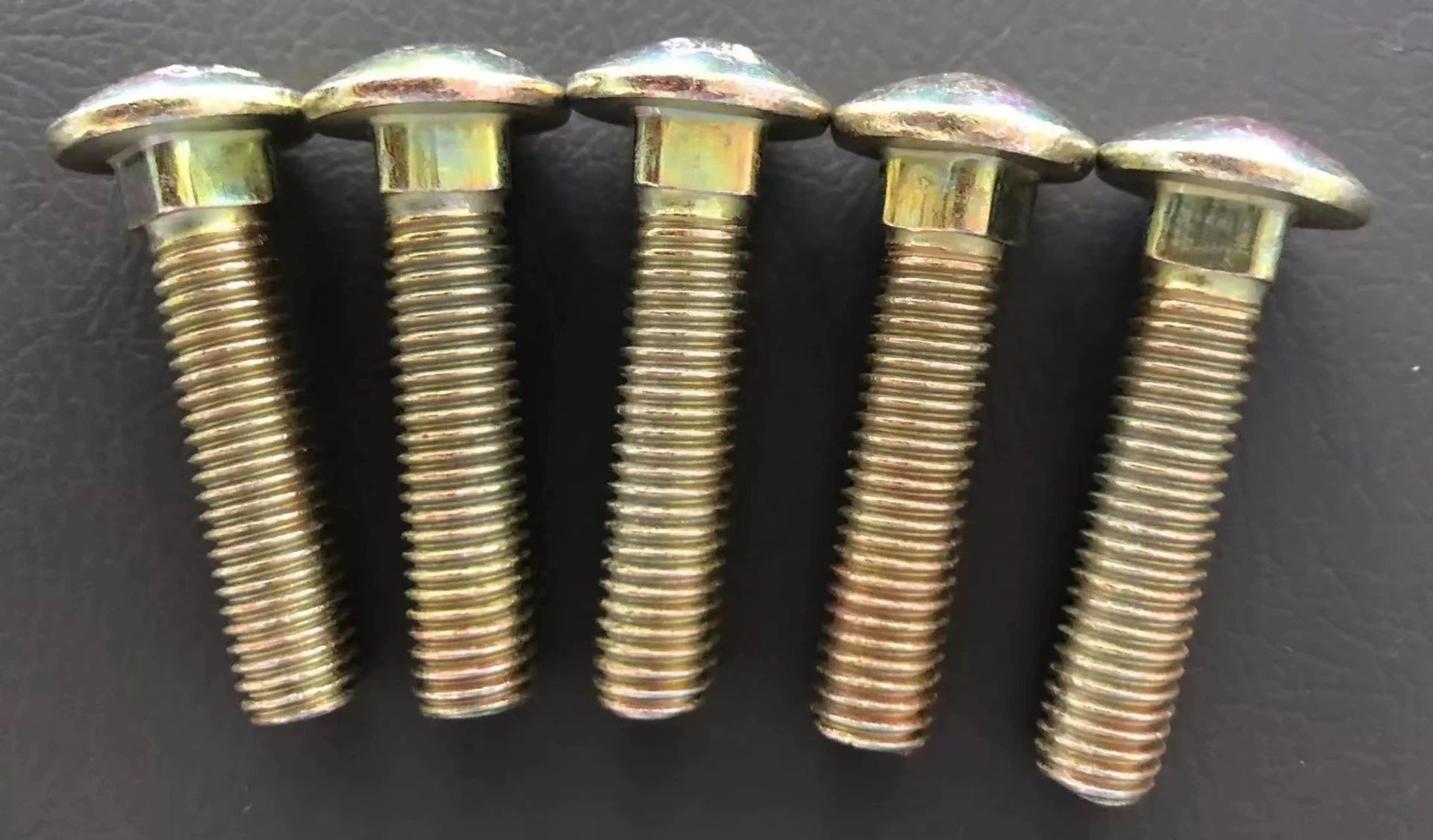

Hexagonal Head Bolts for Enhanced Performance and Reliability in Fastening Applications
Dec . 09, 2024 19:30 Back to list
Hexagonal Head Bolts for Enhanced Performance and Reliability in Fastening Applications
Understanding Hexagon Head Bolts Design, Application, and Benefits
Hexagon head bolts are a fundamental component in mechanical engineering and construction applications. These fasteners are characterized by their unique hexagonal heads, which provide a greater surface area for gripping during installation and removal. This article delves into the design features, applications, and advantages of hexagon head bolts.
Design and Specifications
Hexagon head bolts are typically made from various materials, ranging from standard carbon steel to more specialized materials such as stainless steel or alloy steel. This variety allows for a broad range of applications depending on the environmental conditions and mechanical requirements of the intended use.
The dimensions of a hexagon head bolt comprise its diameter, length, and thread pitch. The most common sizes include M6 to M30 for metric bolts and 1/4” to 1” for imperial units. The standard mechanical properties, including yield strength and tensile strength, must align with specific industrial standards, such as ISO, ASTM, or ANSI, depending on the region and application.
The head of the bolt allows for the use of either a wrench or a socket for tightening. The six sides of the hexagonal shape make it less likely to strip than a bolt with fewer sides, providing effective torque transfer. Additionally, many hexagon head bolts are designed with a fully threaded shank or a partially threaded shank, depending on the specific fastening need.
Applications
Hexagon head bolts are widely used across various industries, including automotive, construction, machinery, and aerospace. Their versatility makes them suitable for applications that require high strength and reliability.
In the automotive industry, for example, hexagon head bolts are commonly used to secure engine components, chassis, and suspension parts, where high levels of torque are needed
. In construction, these bolts are often used to assemble steel structures, connect frame elements, and secure heavy machinery.hexagon head bolt

In industrial machinery, they may be used to assemble parts that undergo repeated stress and vibration. Their sturdiness and ability to maintain integrity under high-load conditions make them ideal for such applications.
Another significant use of hexagon head bolts is in the assembly of scaffolding and structural frameworks. Their ability to provide a secure connection and withstand significant loads ensures safety in construction settings.
Advantages
The primary advantages of hexagon head bolts are their strength, ease of use, and adaptability. First, the robust material used in their construction provides significant tensile and shear strength, which helps maintain the stability and safety of the assembled components.
Secondly, the hexagonal shape allows for efficient application of torque, whether using hand tools or power tools. The design minimizes the risk of stripping, leading to fewer failures during installation. This is particularly crucial in applications involving high-stress environments.
Moreover, hexagon head bolts come in various finishes—such as zinc plating, galvanization, or plain finish—allowing for corrosion resistance in different environments. This adaptability prolongs the lifespan of the fastener and ensures that maintenance and replacement costs remain minimized over time.
Conclusion
Hexagon head bolts are essential components in numerous engineering and construction applications due to their strength, reliability, and ease of use. With a wide variety of materials and dimensions available, they can cater to specific project requirements across many industries. As technology and material sciences evolve, the design and application of hexagon head bolts will likely continue to adapt, maintaining their status as a staple fastening mechanism in various sectors. Understanding their characteristics and benefits can help engineers and construction professionals make informed decisions in selecting the right fasteners for their projects, ultimately contributing to successful and safe outcomes.
Latest news
-
Hot Dip Galvanized Bolts-Hebei Longze|Corrosion Resistance&High Strength
NewsJul.30,2025
-
High-Strength Hot-Dip Galvanized Bolts-Hebei Longze|Corrosion Resistance&High Strength
NewsJul.30,2025
-
Hot Dip Galvanized Bolts-Hebei Longze|Corrosion Resistance&High Strength
NewsJul.30,2025
-
Hot Dip Galvanized Bolts - Hebei Longze | Corrosion Resistance, High Strength
NewsJul.30,2025
-
High-Strength Hot Dip Galvanized Bolts-Hebei Longze|Corrosion Resistance, Grade 8.8
NewsJul.30,2025
-
Hot Dip Galvanized Bolts-Hebei Longze|Corrosion Resistance,High Strength
NewsJul.29,2025

